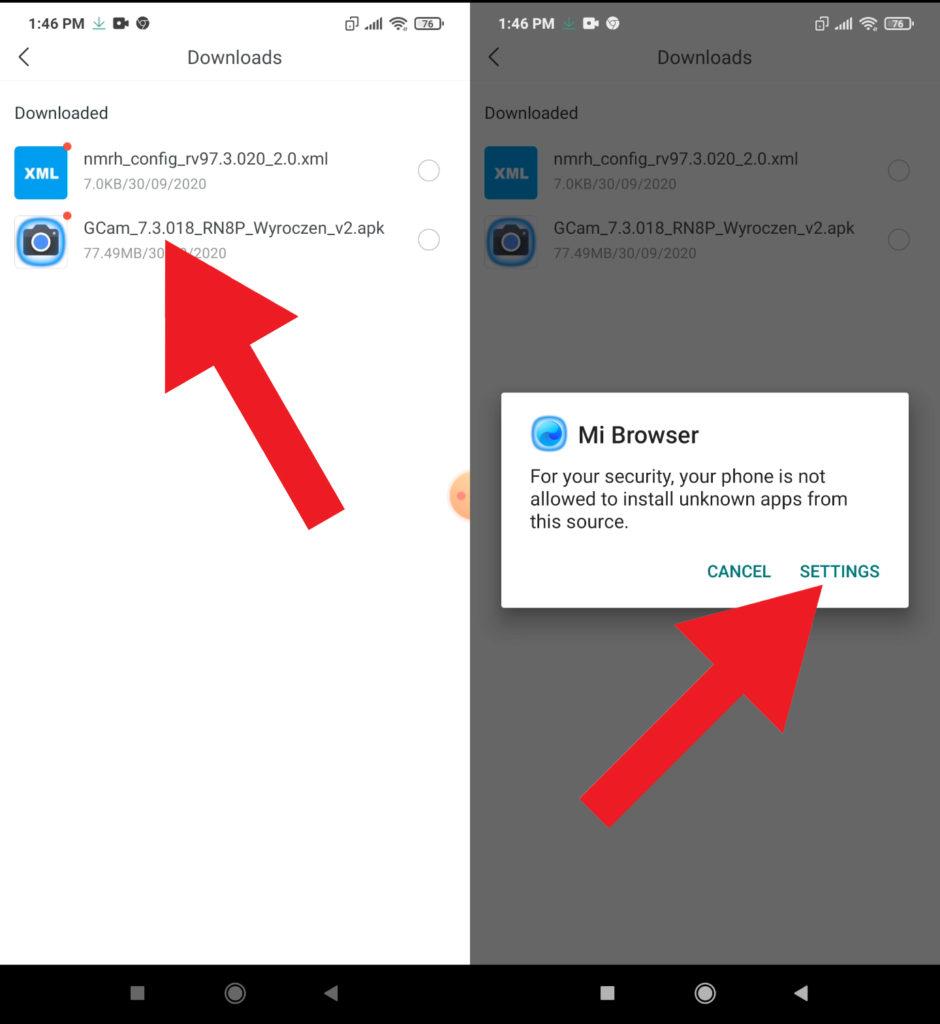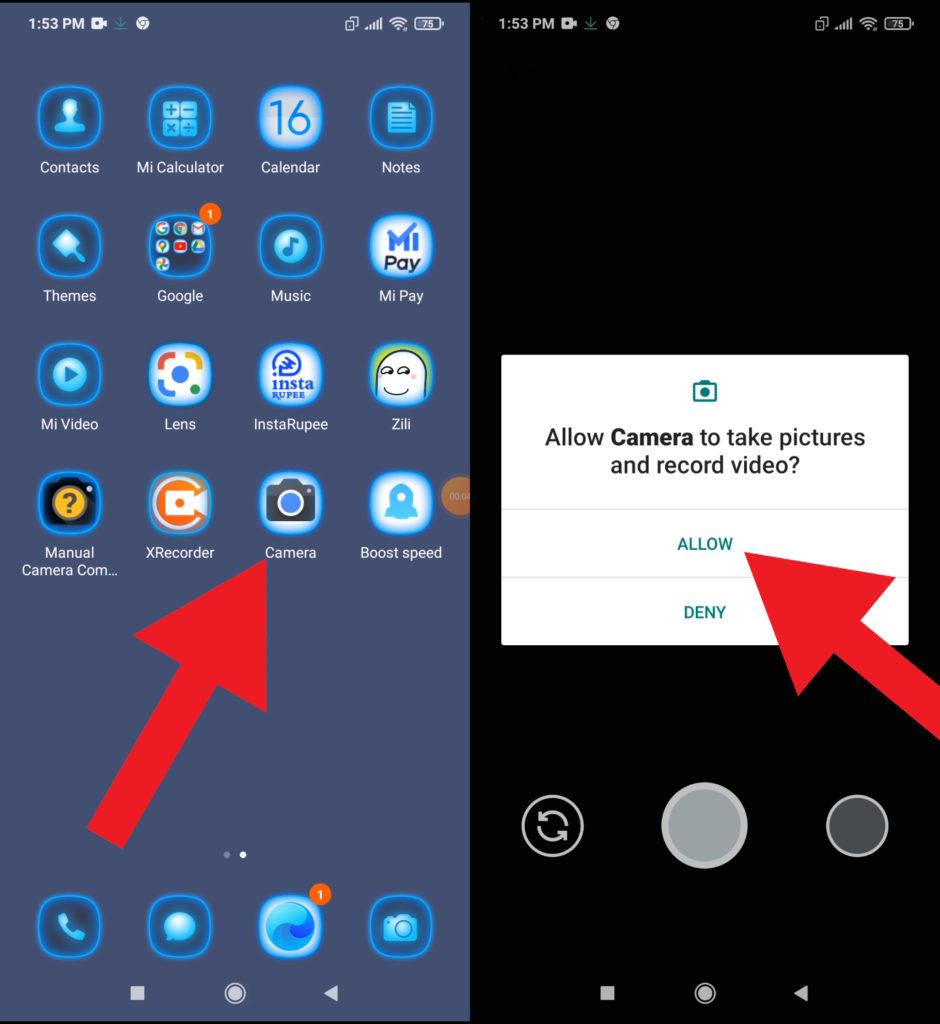There’s a new SoC in the Oppo Reno 7 Pro, the Dimensity 1200-Max from MediaTek. This is basically a standard Dimensity 1200 SoC with two special optimisations made for the Reno 7 Pro: AI Deblur, which is said to improve the quality of selfies, and AI-PQ, which is said to induce an HDR-like effect in regular videos. There doesn’t seem to be any performance benefit with this ‘Max’ version of the SoC, so for all other tasks, it should be business as usual. The 12GB of RAM can be expanded by allocating 7GB of storage, if you use the RAM expansion feature in ColorOS.
Camera Specification
The cameras on the Oppo Reno 7 Pro have been updated from those of the previous model. The 32-megapixel selfie camera now uses a new Sony IMX709 sensor, which has a RGBW pixel layout for better light sensitivity and also supports DOL-HDR. It doesn’t have autofocus, the aperture is not very wide at f/2.4, and video recording is limited to 1080p. The second upgrade is to the primary rear camera, which now has a Sony IMX766 sensor. This seems to a very popular sensor this year, and we recently saw it in the OnePlus 9RT too. However, Oppo hasn’t implemented optical stabilisation, which is disappointing. This phone also has an 8-megapixel ultra-wide and a 2-megapixel macro camera.
What is Google Camera (Gcam)
If you’re a mobile photography lover then you should know about the GCam app. But if you don’t know, then the Google Camera app offers plenty of useful features like Portrait mode, AR Stickers, Google Lens suggestion, PhotoSphere, Lens Blur, Night Sight, HDR+ enhanced, RAW image support, and more. All of these features can also be found on other stock camera apps but they can’t be so effective when it comes to the performance.
The Google Camera app simply delivers the best in the class image and video quality even in low lighting conditions. The portrait mode, saturation level, brightness level, exposure, dynamic range, background blur effect with nice edge detection, etc are properly maintained on the images taken from the GCam app. Form the very first use, you can start noticing the difference.
Important Notes!
So, If you installed the APK and when you try to open it, it is not working? No problem, we have got you covered.
1. Check Camera2API support: Google Camera needs Camera2API support on your device to work properly. How to check if your phone has Camer2API support? Follow this guide: How To Check Camera2 API Support on Android? Find Out.
▼Download Google Camera (GCam)▼
(Please Try every APK file linked below)
Google Camera Version 8.4: Download
Gcam (Google Camera) 8.4 APK: Download
Gcam 8.4 By Stock APK: Download
Gcam BSG 8.3: Download
▼Video Instruction▼
(Please ignore config file if its not available in the download section)
Steps to Install Google Camera
1. Download the GCam APK file on your device from the link above.
2. Tap on the APK file > It may ask you to enable the Unknown Sources option at first.
3. Go to the device Settings > Security or Privacy > Additional Settings.
4. Once the Unknown Sources enabled, tap on the Install button.
5. Now, open the Google Camera app and allow some of the permissions.
That’s it. You’re done.
So, there you have it from my side in this post. I hope you liked this post and were successful in installing the GCam or the Google Camera port for your smartphones. Let us know in the comments which features were far better with the GCam as compared to the stock camera application.




